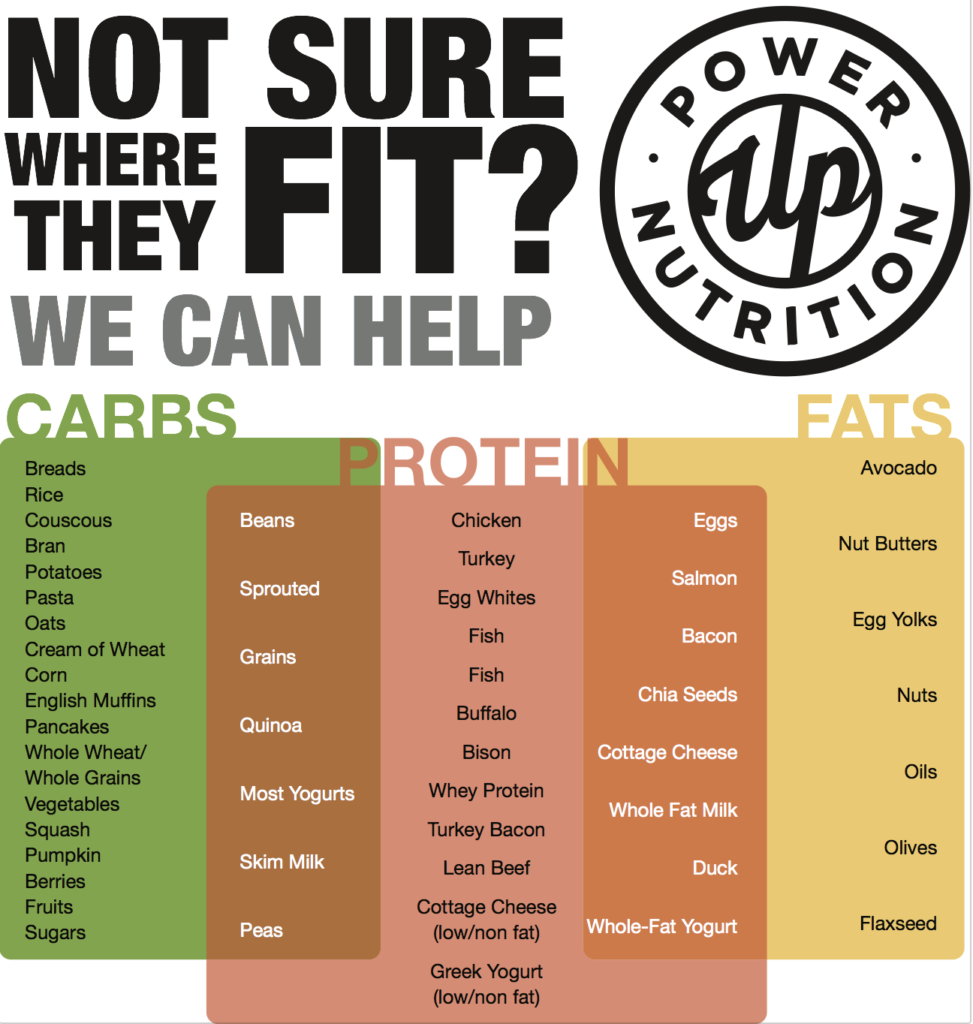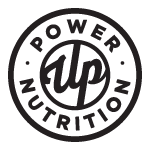How do you start figuring out what to eat? And why can’t I just tell you exactly what to eat?
First off, it is out of my scope of practice as a nutrition coach. Only an RD can give you a full meal plan, so be careful with any practitioners working out of their scope of practice. And second, I really am not into spoon feeding you the information. I am sorry to be blunt, but when I hear “tell me exactly what to do and what to eat”, what I hear is “I don’t care enough to do it for myself”. I really don’t mean to be insensitive, and I do want to help and support you, but I’d much rather give you the tools to think for yourself. We all know the saying: “Give a man a fish and you feed him for a day. Teach him how to fish and you feed him for a lifetime”. If you follow a strict meal plan, you will miss out on learning how to find your own balance, like eating out with friends or having a glass of wine on Friday night. On top of that, a rigid diet is boring and it won’t last. How long can you truly go on eating the same meals on repeat?
Now that that’s out of the way, where do we begin?
Figuring out what to eat isn’t as hard as you may think. Yes, it make take a little bit of time and practice, but chances are you already know more than you think. Removing junk foods and preparing your own meals is a good start. By cooking at home you take back control of what’s on your plate. It’s also a lot more about what to include than it is about what to exclude. When we feel restricted, we tend to be resistant. Therefore, instead of thinking “I can’t eat this or that”, think of what would benefit your diet. For starters, make sure to eat protein at every meal; it is definitely the most under-utilized macronutrient out there. Especially for my ladies reading this, chances are you are coming low on your protein goals. Protein is the most essential of the macronutrients, quite literally being the building blocks of the body. It’s especially important for athletes to get enough as well as for anyone in a calorie deficit pursuing weight loss. Also, fill your plate with colourful vegetables and try to keep it varied. Eating a few baby carrots every day at lunch and putting a handful of kale in your smoothie is a great start, but by varying the produce you eat you will cover more macro and micronutrients. Stay hydrated by drinking more water. Quite often, we mistake hunger for thirst. This is a basic need: we are made of water, and we need water. I don’t care how much you like coffee.
When you peel back the layers and start with the basics, you begin to find that you are less likely to crave junk and more likely to continue to make good choices. So start simple and make small changes that you can build on. Add protein to your morning smoothie or egg whites to your oats. Sub in your mid-morning deli counter muffin for an apple sprinkled with cinnamon. Build your dinner around your protein source. Small changes lead to big, lasting results.
I’ve said nothing about carbs and fats yet, mainly because needs vary greatly from person to person based on your goals and lifestyle but neither is the devil and both are necessary for good health. We need to stop trying to fit every food into either a “good” or “bad” category. One of the main reasons we make it so hard on ourselves is because we tend to overcomplicate things by creating long lists of forbidden foods and a strict set of rules. On the flip side, some of us are too attached to the bad habits that bring us comfort and become resistant to change. A lot of people come to me with a long list of foods to avoid and many misconceptions about what they should and shouldn’t do. If you are celiac, you should avoid gluten, and if you are lactose intolerant, you should avoid dairy, but for a lot of us, a bagel isn’t going to bring you down and neither will eating chicken with the skin on! Fun fact, I recently rediscovered how much I LOVE crispy chicken skin, now I am obsessed.
Habits can be hard to break; trust me, I have heard all of the excuses. Eating out every day at lunch with your co-workers for social time and grabbing a muffin with your grande latte on your way to work every morning may be part of your routine and keeps you within your comfort zone. You may say, “but it will be weird bringing my lunch when everyone else is eating out”, or “I just don’t have any time to make my breakfast in the morning” and so on. The truth is that everyone has their own road blocks and we are all busy; but more importantly, we all have bad habits that we would rather cling to than change. The reality is that it’s really hard to get somewhere different by taking the same route everyday. If you are not currently happy with where you are at, you have to be willing to step out of your comfort zone and take a new route. For some there is a HUGE gap between what they want and what they are willing to do and give up to get it. And a coffee shop muffin might as well be a piece of cake with icing on top!
Where to start? Buy food. Cook food. Track food. Eat food. Need more protein, add more meat to your meals. Go over on fat? Let’s look at your protein source and how you prepare your meals currently. Need more fibre, let’s look at how many vegetables you are eating. Keep it simple. Eat real food. Fill your basics and you should still have just enough room for some flexibility in your life. Like a scoop of ice cream or a drink or two after work on Fridays.
- Eat protein with every meal. Serving sizes vary based on your size and needs. I like to take my daily target and divide it into 3-5 servings depending on how many meals you like to eat. Real food always wins, but you can supplement if needed. Just beware that if you are trying to manage hunger and are in a calorie deficit for weight loss, real food sources will be more satisfying.
- Fill half your plate with vegetables. Try and include many colours in your plate and vary your sources. Adults should consume 8-10 servings of fruits and vegetables daily, and if you are very active, you can bump that to 10+. Antioxidants play an important role in our immune system, which tends to be compromised when training at a higher level, but also reduces exercise-induced oxidative stress and muscle damage. And make sure to include fruits in there! Fruits are not bad for you, that is nonsense.
- Add some starchy carbs. How much depends on your personal goals and lifestyle needs. But it is important to understand that if you are an athlete, especially in Crossfit or some other high intensity sport, broccoli is not enough sustenance to fuel you. You will need to add some denser carbs like yams, rice, oats, grains, even if your goal is weight loss.
- Add some healthy fats. Same here, the “what” and “how much” will depend on your current goals and lifestyle. Eating fat does not make us fat and fat is an essential nutrient, meaning we need it to survive and can’t make it without ingesting it. It serves many purposes in the body, namely improving our mood, and is essential for sex hormones and proper brain functions. Think nuts and seeds, avocado, olive oil, grass-fed butter, and full fat dairy to name a few.

It may seem hard to eat your packed lunch when your co-workers are ordering take out, but all it truly takes is a mindset shift. Eating a lunch that you carefully packed for yourself is a choice, not a punishment. I chose to eat the way I do, not because I want to lose weight or because I am afraid to gain weight but because I value my health, my goals are important to me and it is important to me to eat in a way that leaves me feeling good!
If you’re not a chef, keep it simple. By spending time in the kitchen cooking and preparing your own meals you are taking better control of your own outcome, even if you’re making very simple meals while you learn. If you’re really not digging this, source it out and look for a meal delivery service; however, ask yourself if you can afford this longterm or if it’s time to grow up and learn some basic cooking skills. To. me, having the essential skills in the kitchen is a life skill, like learning to do your laundry and taking care of your house. Yes, you may have the means to source that out, but at some point you also need to know how to do it for yourself.
I guess it always comes down to ownership, doesn’t it? I could probably scroll back to many blogs and see the same themes: keep things simple, stop overthinking and start doing, take ownership, don’t try to be perfect…. So many ways to say the same things, but all it takes is to hear it once and start somewhere. I believe in you.
Annie 🙂



